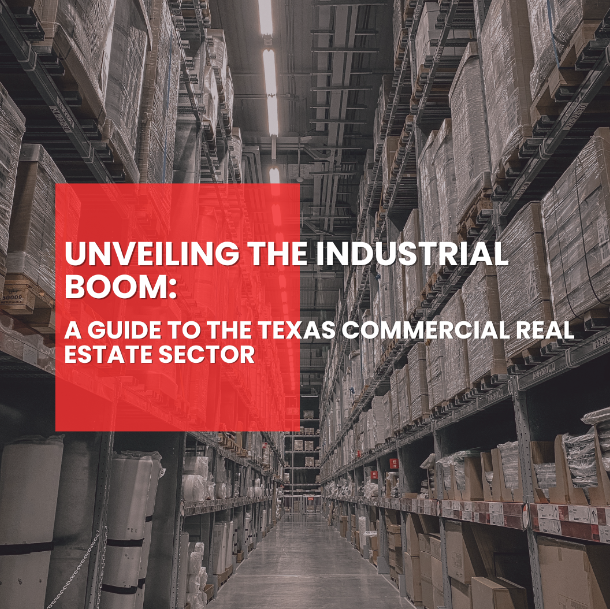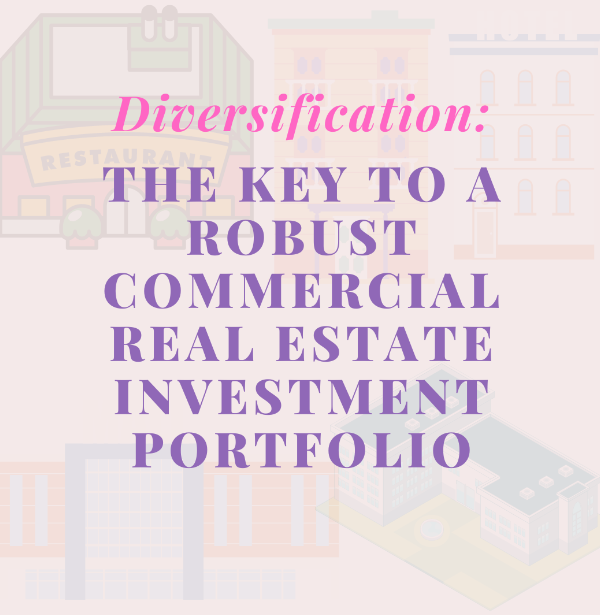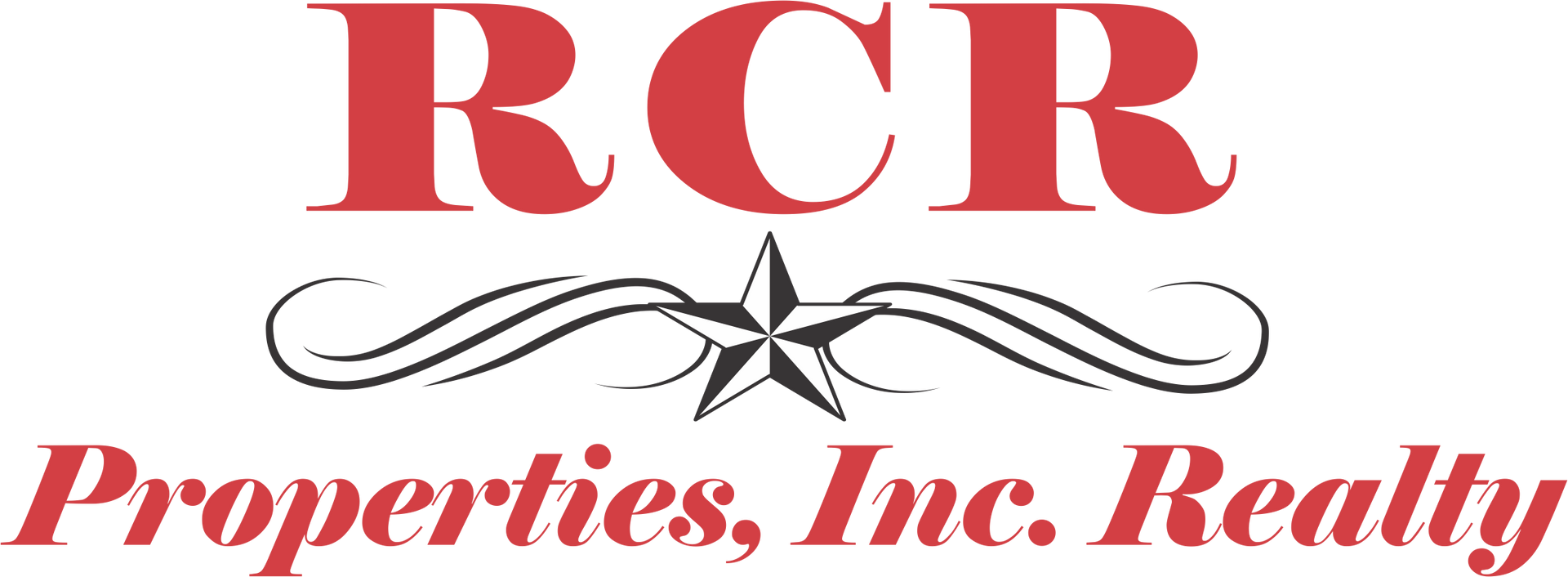Embracing Evolution: The Future of Workspaces in Commercial Real Estate

Welcome to the ever-evolving landscape of commercial real estate! As we stand on the precipice of a new era, the nature of work is undergoing a profound transformation, and with it, the spaces where we conduct business are being reshaped. Let’s look into the anticipated trends that are set to redefine the commercial real estate sector in response to the changing dynamics of work patterns, the surge in remote work, and the rising demand for flexible office spaces.
Adapting to Changing Work Patterns
Gone are the days of the conventional 9-to-5 work routine confined within four walls. The recent years have witnessed a seismic shift in work patterns, with employees increasingly embracing flexibility in their work schedules. As a result, the demand for adaptable workspaces that cater to varied schedules and preferences is skyrocketing. Flexibility has become the buzzword, and commercial real estate is swiftly responding to this call.
The Rise of Remote Work
The pandemic acted as an accelerator for remote work, transforming it from a trend to an integral part of the modern work culture. With technology enabling seamless connectivity, professionals are no longer tethered to a specific location. This shift has led to a reimagining of office spaces, with companies reassessing their real estate needs. Remote work has sparked a reconsideration of the traditional office setup, prompting businesses to explore hybrid models that combine remote work with periodic office attendance.
The Emergence of Flexible Office Spaces
Enter the era of flexible office spaces—a versatile solution designed to meet the diverse needs of the modern workforce. These spaces offer a blend of collaborative areas, private offices, and communal zones, allowing individuals and teams to choose the environment that best suits their tasks and preferences. From hot desks to co-working spaces, the emphasis is on adaptability and convenience, fostering a dynamic work environment that promotes productivity and innovation.
Anticipated Trends in Commercial Real Estate
Looking ahead, several trends are poised to shape the future of commercial real estate:
1. Agile Work Environments: Offices will be designed to support flexibility and collaboration, with configurable layouts and adaptable spaces that cater to changing needs.
2. Tech Integration: Incorporating advanced technology, such as IoT devices and smart building solutions, to enhance efficiency, security, and comfort within office spaces.
3. Focus on Wellness: Emphasis on creating work environments that prioritize employee wellness, incorporating elements like natural light, green spaces, and ergonomic designs.
4. Rise of Suburban Offices: Increased demand for office spaces in suburban areas, offering a middle ground between remote work and traditional urban offices.
5. Flexible Leasing Models: Growing preference for flexible leasing arrangements that accommodate fluctuating space requirements without long-term commitments.
In conclusion, the future of workspaces in commercial real estate is embracing change and innovation. As work continues to evolve, so too will the spaces where it unfolds. Adapting to the shifting paradigms of work patterns, remote collaboration, and the demand for flexibility is the key to thriving in the dynamic landscape of commercial real estate.
I am dedicated to staying at the forefront of these transformative trends, guiding my clients towards spaces that align with their evolving needs and aspirations. Join me as we embark on this exciting journey into the future of workspaces!








